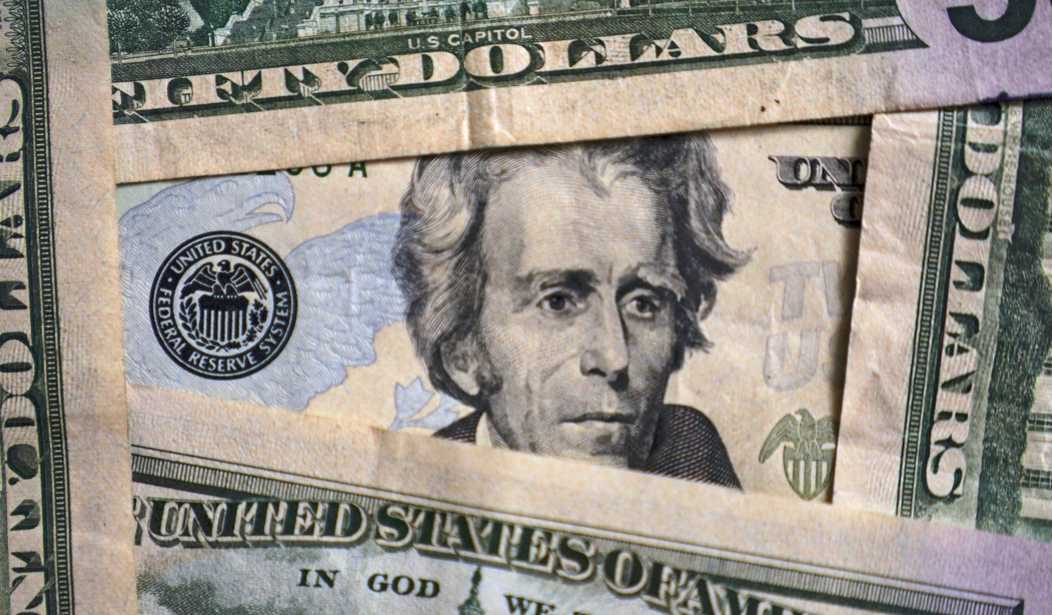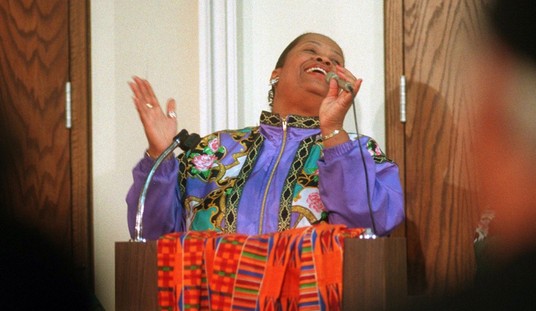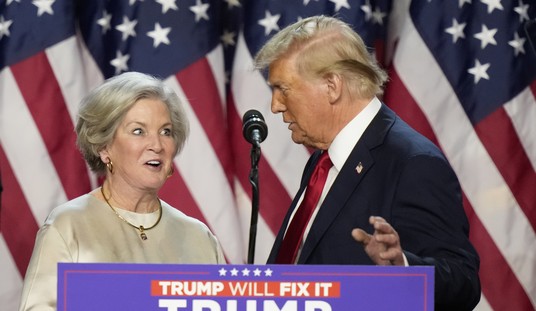The Consumer Price Index (CPI) hit 3.2 percent year-over-year in July, according to the latest inflation data from the Bureau of Labor Statistics. That rate falls just shy of expectations but marks an uptick from June, which saw inflation at 3 percent year-over-year.
Energy also rose, though lower than expected despite a surge in crude oil prices. Those price surges may be reflected more in the August numbers coming next month, the Wall Street Journal suggested this morning.
The 0.2 percent rise from June was due primarily to shelter costs on the rise over the last month. Those housing costs rose 0.4 and were up 7.7 percent from a year ago. According to the BLS, those increases make up the bulk of the spike in inflation in July. Energy also rose 0.1 percent, though lower than expected despite a surge in crude oil prices.
Food prices were up 0.2 percent, as well. Used vehicle prices declined 1.3 percent and medical care services were off 0.4 percent.
Core CPI, which excludes volatile food and energy costs, was at 4.7 percent, which signified some cooling from June’s 4.8 percent Core CPI. However, if the spike fell below expectations, that may further delay the next interest rate hike increase Federal Reserve Chair Jerome Powell hinted at recently.
The latest numbers paint a clearer picture of the economic outlook of the country.
Together, the latest batch of data shows that while inflation has come well off its 40-year highs of mid-2022, it is still considerably above the 2% level where the Federal Reserve would like to see it and high enough that cuts in interest rates are unlikely anytime soon.
“While inflation is moving in the right direction, the still-elevated level suggests that the Fed is some distance from cutting rates,” said Seema Shah, chief global strategist at Principal Asset Management. “Indeed, disinflation is unlikely to be smooth and will require some additional economic pain before the 2% target comes sustainably into view.”
Decelerating levels, though, are at least taking some of the pressure off the Fed to keep tightening policy.
The stock market reacted positively to the news, with the Dow Jones surging early in the day, with the numbers suggesting there may be a longer pause before we see another rate hike from the fed.
“Things are moving in the right direction, but it’s too early for us to declare victory just given that conditions that are likely to be supportive of a more sustained deceleration in price pressures haven’t materialized as much,” Pooja Sriram, U.S. economist at Barclays, told the Wall Street Journal.














Join the conversation as a VIP Member